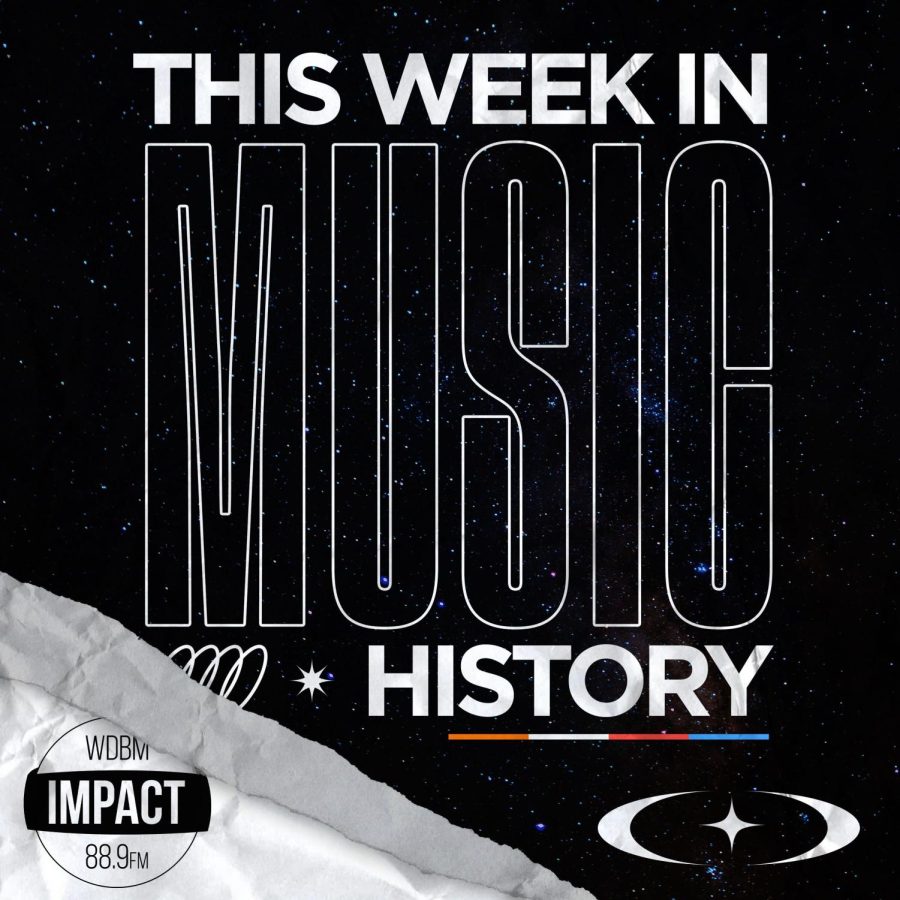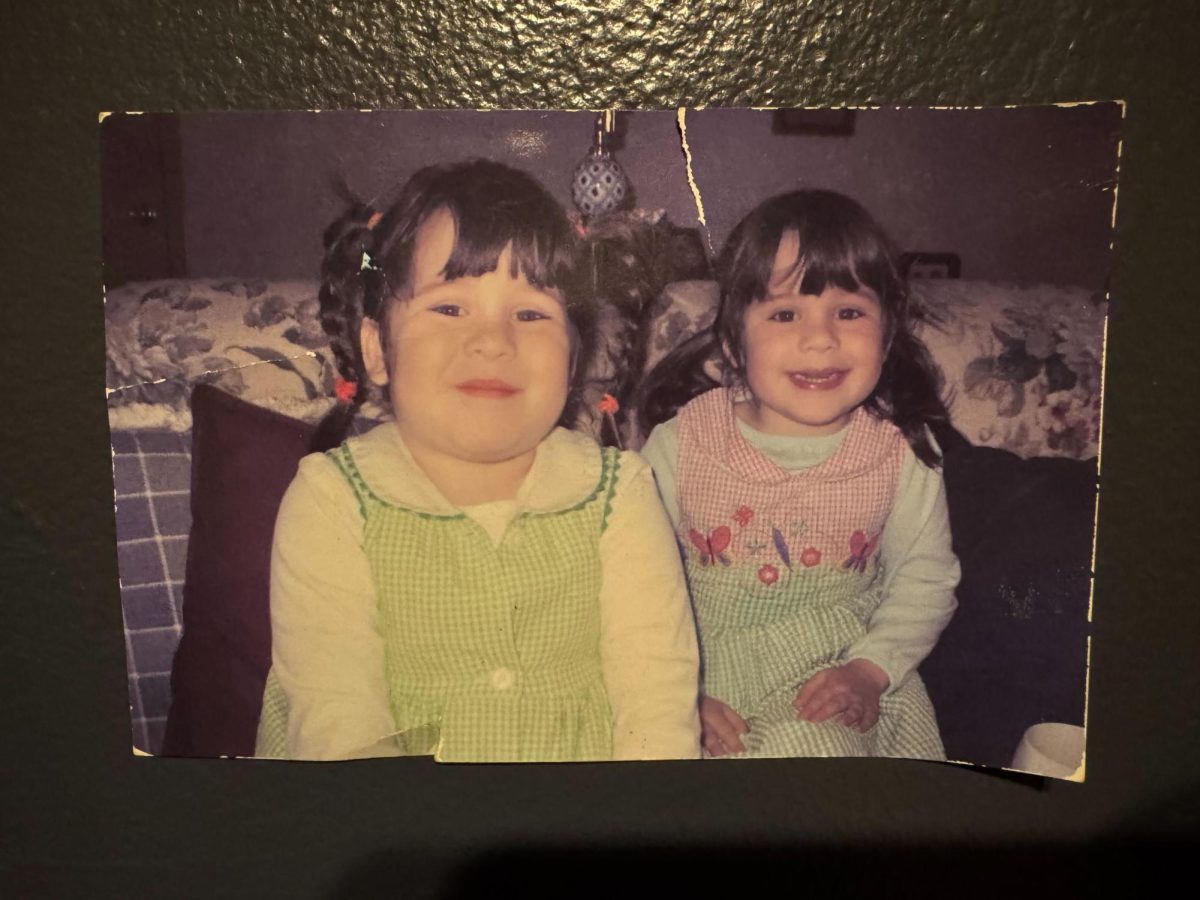After the smashing success of their first three albums, with OK Computer being hailed as one of the greatest rock albums to be made and the world certain they were the next great “guitar band,” Radiohead surely had their career made for them. The band itself wasn’t so sure.
Critics and fans alike waited patiently for the next Radiohead release, one surely filled to the brim with powerful stadium anthems. Instead, Kid A released Oct. 2, 2000. The record contains soft strings, sorrowful synths and the near non-existent voice of lead singer Thom Yorke, without the help of voice modulators. Every now and then, a glimpse of their past arrives — “Optimistic,” most notably, comes in after a near four-minute interlude, as if to say “We still use guitar, I swear!”
This is only for “Idioteque” to sneak up on you with the funkiest beat you’ve ever heard, made up of modulated synthesizers and vocal loops. Kid A is wild and unpredictable, with The Guardian asking why it sounds like “a score composed for an experimental dance troupe,” saying it panders to Radiohead’s “relentless miserabilism.” Pitchfork calls it an “emotional, psychological experience” and the most “ideal, natural Radiohead record yet.”
The band’s decision to shift toward more experimental and electronic sounds could be attributed to the growing pressure Radiohead was feeling. In 1997, before stepping on stage for one of their biggest shows yet in Glastonbury, Yorke considered walking away. Riddled with stress and depression, Yorke found advice from Michael Stipe of R.E.M.
The gut wrenching lyrics of “How to Disappear Completely,” nestled after the aggressive jazz breakdown of “The National Anthem,” is direct advice Stipe gave to Yorke. The depressing soundscape of a world doomed to self destruction rides an overwhelming wave of grief and melancholy, leaving you devoid of all emotion. It’s why Yorke’s cry, “I’m not here, this isn’t happening,” is all the more heartbreaking: He lives in a world he can’t escape in Kid A.
The album is a plea, a cry for help and a warning of a barren future riddled with fear. Yorke’s lyrical phrases, rapid gasps of air and spastic moves combined with the band’s dynamic performance pushes Kid A to masterpiece status, redefining what it means to be a rock band.
~ Ryan Wilbert
31 years ago, on Oct. 3, 1992, singer-songwriter Sinéad O’Connor stirred up controversy when she tore up a photo of St. John Paul and said, “Fight the real enemy” during a Saturday Night Live performance. Prior to the event, O’Connor had become a polarizing figure for her outspoken political beliefs and discomfort with the music industry.
During the performance, O’Connor sang an a cappella rendition of Bob Marley’s “War,” but with partly changed lyrics that discussed child abuse instead of the original Haile Selassie speech detailing the political affairs at the time. Throughout the performance, O’Connor stared solemnly at the camera, reflecting her earnestness toward the topic. Additionally, Saturday Night Live producers were unaware of the final part of the performance, as O’Connor held up a different picture during rehearsal, and were stunned by her actions, ordering the audience to stay silent.
A few weeks later, O’Connor justified her actions in an interview, saying that the Catholic Church was responsible for the abuse she faced as a child. She went on to state that priests had been abusing children for years: a fact that John Paul did not address until nine years later.
The photograph that O’Connor tore up, which was kept close to her mother, was from the pope’s visit to Ireland. After her mother’s death, O’Connor waited for the right time to destroy it. As to be expected, the performance drew a massive public backlash which hurt her career; however, she never regretted her decision and continued to speak her mind. Reflecting on the infamous performance after O’Connor’s death in July, we know that she deserved better and was an activist in the truest sense of the word. Rest in Peace, Sinéad O’Connor. You were a beautiful soul.
~ Jack Domenicucci
Classic rock band Aerosmith has had its fair share of controversy over the years, and on Oct. 3, 1978, they again had an infamous moment. On this day, police decided to bust their show in Fort Wayne, Indiana. Many of the fans in attendance were underage and drinking.
Not only were many of the fans drinking, but there were many who were in possession of marijuana, which, at the time, was illegal and still is in Indiana. Frontman Steven Tyler was displeased with how police handled the situation and stopped the show to actively criticize them.
Among the fans arrested was Aerosmith’s touring seamstress, along with 27 other fans. After the show, Aerosmith offered to bail out all their fans that had been arrested, and soon after, all 28 people were bailed out of jail for around $4,000. Aerosmith were known as hardcore partygoers back in the day, and this silly story only adds to their legend.
~ Alex Jimenez-Vega










